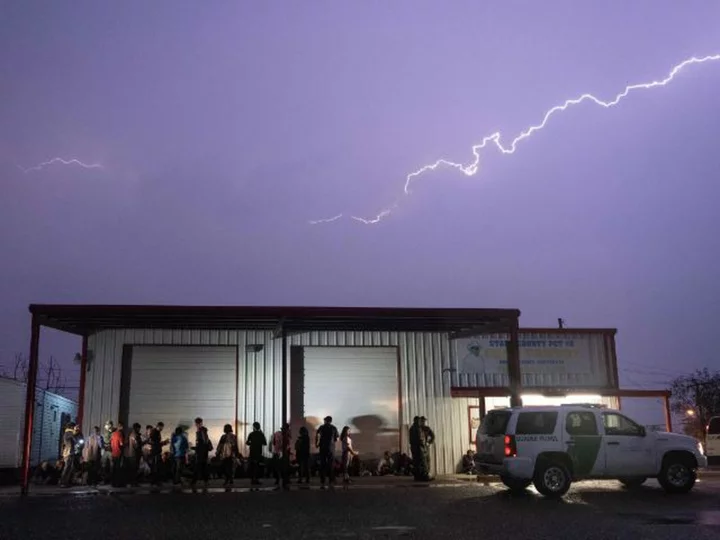The number of daily encounters along the US-Mexico border has remained low nearly a month after a pandemic-era restriction used by authorities to swiftly turn away migrants was lifted, the Department of Homeland Security said Tuesday.
Authorities had been bracing for a surge in illegal crossings following the expiration of Title 42 last month, and while officials caution that migration flows can change, the average 3,400 daily encounters reported by US Border Patrol is a marked shift from the around 10,000 daily encounters days before Title 42 was lifted.
"As a result of planning and execution -- which combined stiffer consequences for unlawful entry with a historic expansion of lawful pathways and processes -- unlawful entries between ports of entry along the Southwest Border have decreased by more than 70 percent since May 11," the department said in a news release on Tuesday.
The most common nationalities of the encountered migrants were Mexican, Honduran and Guatemalan.
Administration officials have repeatedly cited a mobile app for migrants to apply to turn themselves in to US Customs and Border Protection, as well as programs that allow certain migrants to apply to lawfully migrate to enter the US as among the factors contributing to a drop in encounters.
"We are cognizant, however, that the conditions in the hemisphere that are driving unprecedented movements of people are still present and that the cartels and coyotes will continue to spread disinformation about any potential changes to policies at the border in order to put migrants' lives at risk for profit," the department added. "We will remain vigilant and continue to execute our plan, making adjustments where needed."
Officials repeatedly warned that a surge in illegal migration would accompany the expiration of Title 42 and would worsen an already challenging humanitarian crisis at the southern border. Those warnings led to thousands of federal personnel being to the southern border and US cities scrambling to prepare for what has ultimately been a narrower influx of migrants than expected.

